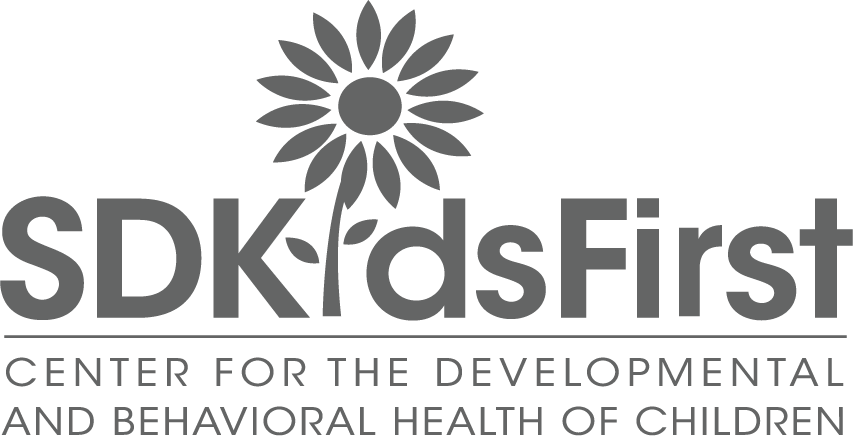HI Dr. Deb,
I am wondering if you have suggestions for my 2 1/2 year old in preschool. He has been throwing sand, pushing kids down (dad taught him to wrestle), taking toys out of other kids hands and throwing them and not doing well during free play/choice time. He does GREAT in circle time and is wonderful at focusing and participating. It is during free play and recess where he isnt doing well. HIs teachers are sending me progress reports that he isnt able to keep his hands to himself. What can I do to help him at school. He does the same things at home with us and his little brother…..
Thanks
L.
Dear L.,
Thanks for your great question.
As you probably already know, it is very common that children this age push, throw, or hit. Speech/language and social skills are still developing, and toddlers are learning how to regulate their own emotions such as frustration, boredom, or disappointment. It is most common that toddlers exhibit these behaviors during unstructured times of the day, when there are many more opportunities for social conflicts, frustrations, and other provoking situations to occur. It does not surprise me, therefore that your son is doing well during structured activities such as circle time, while demonstrating negative behaviors during free play.
Although these behaviors are very common for children this age, there are factors which may make them more frequent or more resistant to change. Conversely, when the right strategies are applied, they are typically fairly easy to reduce.
Here is an easy plan to follow to quickly and effectively reduce these behaviors:
- Over the course of a few days, try to hover a little bit more than usual in order to identify the triggers – or what is occurring right before- the behavior occurs. In psychology we call this the ‘antecedent’, but to make it really simple, all we’re trying to figure out is ‘what is prompting the behavior to occur?’. Does someone have a toy your son wants? Did someone just take something of his? Is he alone and without any adult attention? Get your child’s preschool teacher to help you with this
- Try to identify the consequences of the behavior. In other words, what occurs right after your child engages in this negative behavior? Does your child get the toy back he wanted? Does your child get a reaction from a teacher that he may perceive as attention? (e.g. preschools often mean well, but when they rush to ‘lecture’ a child who just hit someone, they are actually reinforcing the behavior!!). In other words what you need to figure out is ‘what is my child getting out of this behavior? Or what result does he obtain when he engages in this behavior?
- When we remove a behavior from a child (such as when we say ‘no hitting’, or ‘no throwing’), it is important to try to give your child 3 positive behaviors they can use in the same situation to get the same needs met. For example, if he is pushing to get a toy from a friend, he may need to be taught to use his words. If he is pushing to get out frustration, he may need to be taught to punch a pillow, stamp his feet, or say ‘I’m mad!’ Try to brainstorm a few different positive behaviors you can teach your child to use in the same situation in future to achieve the same function as the hitting or throwing.
- Now, to implement these strategies, you will need to hover again, and provide more supervision than you have previously. (His preschool teachers should do this too!). Try to identify when your child’s triggers arise, and step in to prompt your child to use one of the positive behaviors instead of the hitting/throwing. Offer big praise, and lots of positive attention when he follows your lead. This is 90% of the solution – helping your child BEFORE the behavior occurs, although it requires repetition and lots of practice!
- If he does hit/throw, etc. before you can intervene, a simple ‘no hitting’ (try not to be too verbose), and prompt removal to a time out should suffice. Time outs are important, but time outs alone are not usually effective. They also can be very reinforcing if you enter into a lengthy dialogue with your child on the way to time out. Find out if the preschool teachers are using time outs appropriately.
If the above plan is not successful, it is possible that other factors are getting in your child’s way of learning more appropriate behaviors. Here are the most common culprits:
- Less developed speech/language skills than peers.
- Less developed social awareness/responsiveness than peers (e.g. they are not as deterred by a classmate’s tears or by scolding by adults).
- In rare cases a developmental concern, like autism spectrum disorder, or heightened impulsivity when compared with same-age peers.
As always, I recommend consulting with a developmental psychologist who specializes in early childhood should you run into difficulties implementing this plan.
Best of luck and let me know how it goes!
Dr. Deb
